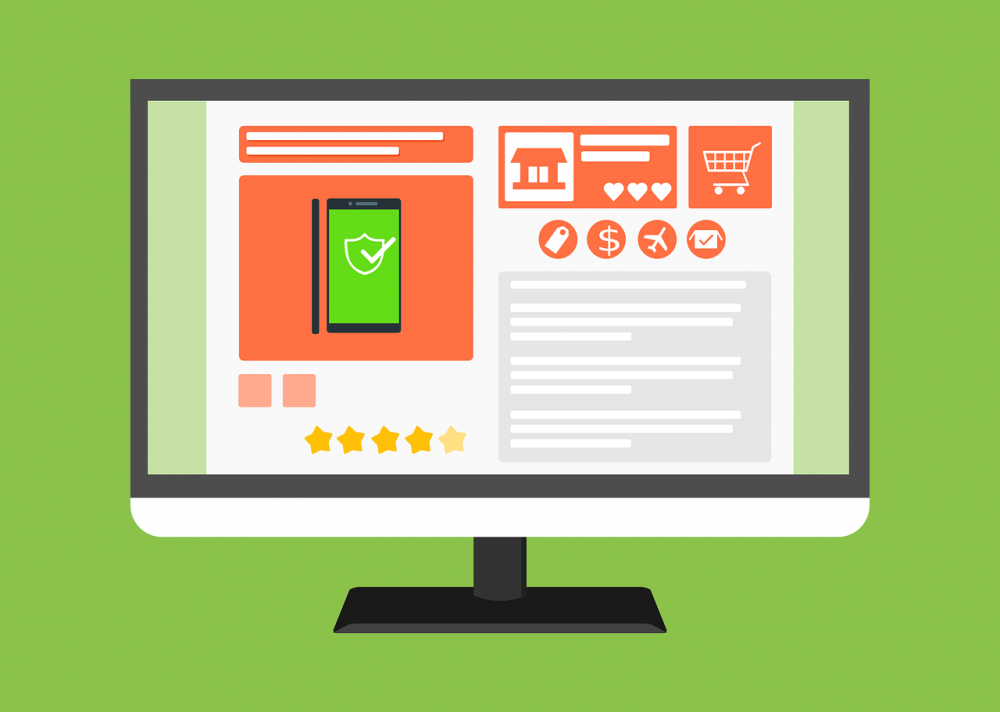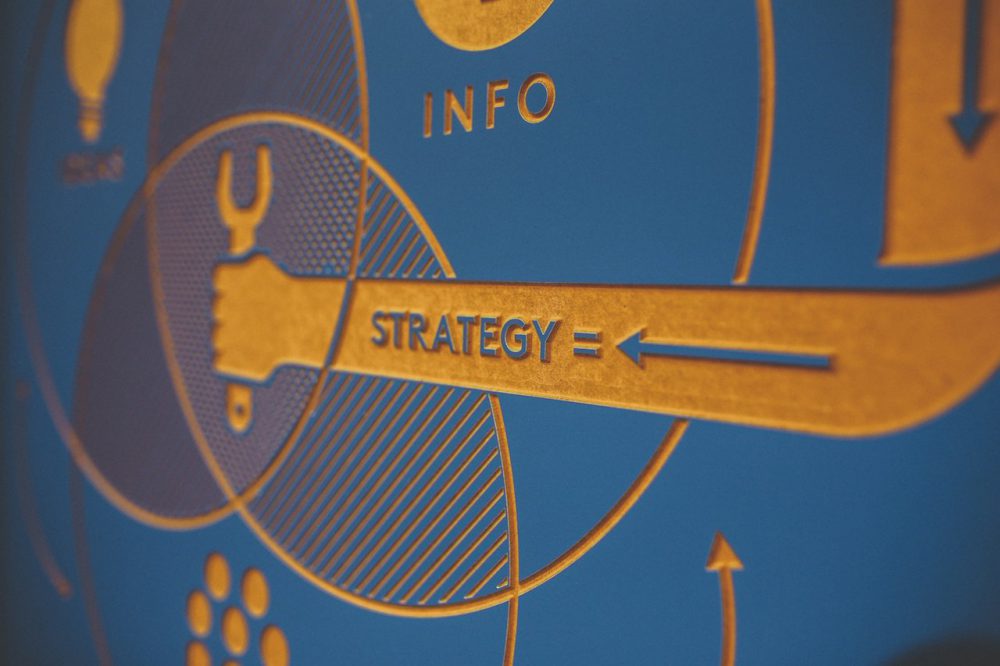Digital customer experience (DCX) is a buzzword among tech businesses and online marketers. Oftentimes, we associate the phrase with online shopping and e-commerce websites like Amazon. Nowadays, it’s becoming more popular among traditional businesses to have a web presence and connect with potential customers.
Let’s look at how customer experience has evolved over the years, and later we’ll get into how business owners can modernize customer experience to meet the demands of digitally enabled customers.
Customer Experience Then and Now
Customer experience typically starts with a customer walking by and getting a sense of what’s inside our business. Does it look nice and tidy? Do store people greet customers by the entrance? What about the customer service? Does it make them feel comfortable, important, and cared for? It’s the overall perception about the business during the customer’s journey. A great customer experience can be the turning point from being just a casual buyer to a lifetime source of revenue for the company.
The influx of mobile technology and subsequent growth in mobile users takes customer experience to a whole new level. Innovation gave rise to digital customer experience as businesses take their brand into the virtual space and create a seamless experience for both digital and physical customer engagement.
Bookings for hotel and accommodation are a classic example. A good digital customer experience meant customers could easily find their hotels by price range, ratings, and location, and be able to book their stay and make frictionless transactions all within the app or website. Moreover, they should be able to redeem their points and make cashless transactions through the app on-site and in-store.
Small Business Dream is built around the concept of providing users with the best digital customer experience through its digital marketplace (business directory) which also doubles as a mobile wallet.
Digitizing the Customer Experience
Here’s some way you can create a digital customer experience for your small business.
1. Engage with customers on multiple channels
Multi-channel marketing has a lot of advantages compared to just one type of customer communication. Traditional advertising is pretty much a thing of the past. Today, we need to grab people’s attention through social media, providing useful content (blogs, tutorials,etc.), and using top-of-mind strategies.
Your customers’ journey begins when they pause at your catchy post on Facebook, watch your videos on YouTube, subscribe to your mailing list, or click your page on Google’s search engine results. Webhosting sites, content management systems (CMS), and sales and marketing automation enables small businesses to build an online presence much quicker and easier at a very reasonable cost. Small Business Dream sales and marketing automation provide business owners with a little bit of everything from micro-sites, landing pages, autoresponders, follow up series, Facebook and Twitter integration, and so on.
2. Focus more on inbound marketing
Inbound marketing is more likely to succeed in this day and age compared to outbound marketing particularly among millennials. According to survey it may take around 3 to 18 months from initial engagement before they come up with a decision. It’s a continuous process of educating, following up, and sustaining their interest all throughout the journey.
Outbound marketing still has its place, although they’re still pretty much “hit-and-miss” even on the web. How many times did you have to skip a YouTube ad or got distracted by a Google ad because it failed to reach its intended audience? We call this “interruption” marketing. On the other hand, inbound marketing pulls people in (not push) by giving them exactly what they want, when they want it, and how.
One of the most commonly used methods include content marketing, search engine optimization (SEO), search engine marketing (SEM), as well as using customer relationship management (CRM), and sales and marketing automation tools. Say, you want your potential customers to receive updates specific to their own interests. Small Business Dream’s survey builder will enable you to segment your contacts, as well as sales funnels to quickly assess their levels of interest.
3. Get your business listed on a mobile marketplace
Your small business needs to be searchable. You can work on improving your Google search ranking through SEO. But if you want a faster way without having to wait for months or years to rank, business directories is the way to go. Unlike Google, you’ll have better chances being listed on business directories like Small Business Dream Business Finder app as it allows users to find your business through local searches instead of getting buried underneath in Google search results.
Mobile marketplace appeals to mobile users and digitally enabled customers who want fast and easy way to find businesses around the city. They also help in making buying decisions based on ratings and comments from customers, creating a much better digital customer experience for app users. It can also take advantage of Google or Apple’s push notification service which would allow you to have direct access to your mobile users’ phone screens.
With Small Business Dream, you can have your business listed in the Business Finder app or be able to send push notifications to app users as a Small Business Dream sales and marketing automation software subscriber.
Conclusion
Creating a digital customer experience is more than ever within reach for many small businesses. With better technologies in sales and marketing automation and more people getting access to mobile services, we can bring our businesses closer to people and level the playing field for everyone. You can take your first step by visiting Small Business Dream and learn how you can create a digital customer experience for your small business.


